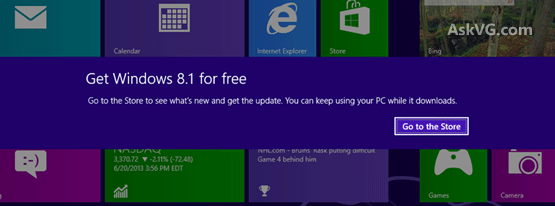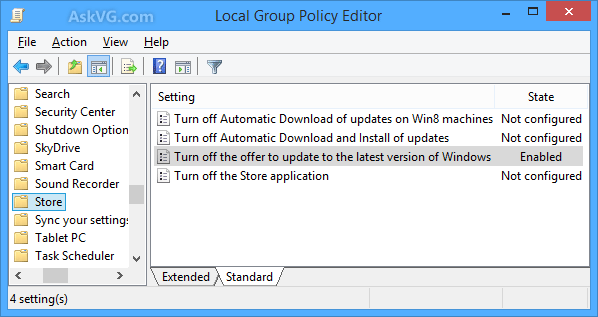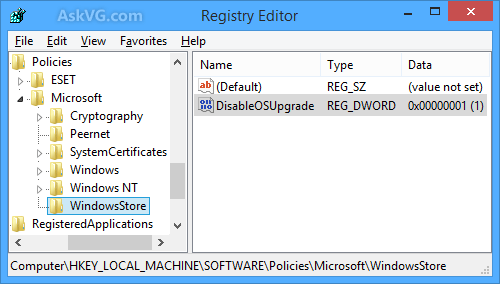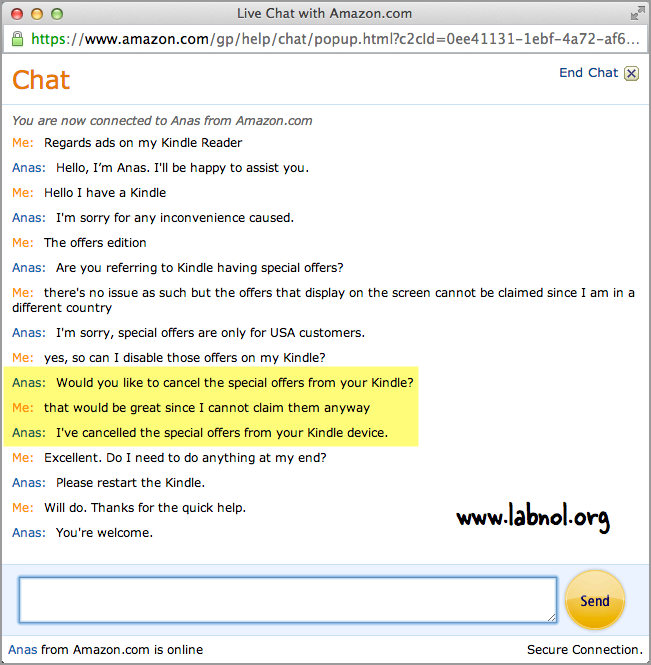
I daresay, my good fellow – you look like you’ve got quite the conundrum on your hands if I do say so myself!
You see, you’re sitting at your computer, reading this blog post and trying to learn something. And of course, that’s all well and good.
But there’s something nagging at the back of your mind, now isn’t there? Some small voice telling you:
“I really should go hit the gym.”
And so you should – but I’ll agree that it’s quite unfortunate you can’t continue reading and learning while you do so.
…or can you?
Alright, you can stop imagining this post being voiced by an elderly British gentleman. If you’re looking for a way to make all that gym time productive for your mind as well as your body, then podcasts are your answer.
In fact, any time you’re doing something less than mentally stimulating – driving, walking to class, doing your laundry – you can probably pop in your headphones and listen to a podcast at the same time.
What is a podcast? Put simply, it’s some form of episodic content that you can subscribe to and download. Usually it’s audio or video, and anyone with a mic and an internet connection can make one.
Podcasts aren’t nearly as numerous as blogs, but there are still a lot to sift through out there. So, to help you dive into the world of podcasts, I’ve created a list of my favorites.
These 21 educational podcasts are all great shows that’ll help you learn more, thus essentially adding more productive hours to your day. They might even help keep you entertained on laundry days as well.
1. TEDTalks 
I love TED talks, and I bet there’s a good chance that you’ve watched a few before as well. Most TED talks are just as good in audio form as they are in video, so the TEDTalks podcast easily tops the list here.
There are few other places where you’ll find such a great variety of awesome, mind-expanding content.
2. RadioLab 
Even if you’re not familiar with how podcasts work, there’s a good chance that you’ve heard of RadioLab before. One of the most popular podcasts in the world, RadioLab is a “show about curiosity”.
The founders tackle topics ranging from brain injuries to the story of Henrietta Lacks. Each episode is masterfully produced and features tons of different voices – topical experts, subjects of the interviews, and more. This is one of those shows that makes people mad simply because they can’t produce episodes fast enough.
3. StarTalk Radio 
With the possible exception of Bill Nye, Neil deGrasse Tyson is one of the most engaging and interesting scientific personalities to listen to. I recently saw him speak at Drake University, and the 3-hour wait out in the cold was certainly worth it.
On StarTalk Radio, Dr. Tyson educates you on all things space – stars, planets, humans in space, etc. He’s also interviewed lots of amazing people, including Dan Aykroyd, Alan Rickman, and this little-known guy named Buzz Aldrin.
4. The College Info Geek Podcast 
Most people who make these kinds of lists like to promote their own thing last in order to seem humble. Well, screw that! If you’re in college and want to make the most out of it, you should listen to the College Info Geek Podcast.
While I do create solo episodes on specific topics, the main draw here is the in-depth interview with awesome people like Gary Vaynerchuk, Steve Kamb, and Caleb Wojcik.
5. Entrepreneurial Thought Leaders 
Even if you don’t have entrepreneurial aspirations, the Entrepreneurial Thought Leaders podcast can be an incredibly useful learning resource. I’ve been listening to it since I was in high school, and it’s one of my favorite podcasts.
This show is simply a series of recorded lectures from Stanford University. Past guests include Guy Kawasaki, Mark Zuckerberg, and Marissa Mayer.
6. Back to Work 
Interested in becoming more productive, getting things done more efficiently, and discovering new tools to help you work better? Back to Work is the podcast for you.
Each week, hosts Merlin Mann (founder of 43Folders) and Dan Benjamin talk about a new topic related to productivity, communication, work, etc.
7. Founders Talk 
Part of the same network as the previous show, Founders Talk is an excellent podcast for anyone wanting to get into the head of the founders of successful startups and businesses.
This is another one of those podcasts that really helped me learn a lot about running my own company. If you’ve got any desire to run your own thing after college (or during it), you can’t miss it.
8. Rationally Speaking 
After reading the excellent Harry Potter and the Methods of Rationality, I became intensely interested in topics like rationality, cognitive science, and heuristics. I also started following several people in those circles – one of them being Julia Galef, the cofounder of the Center for Applied Rationality.
In the Rationally Speaking Podcast, Galef and her co-host Massimo Pigliucci tackle topics like utilitarianism, heuristics and biases, and just why people should learn to be rational in the first place.
9. Social Triggers Insider 
Derek Halpern’s blog Social Triggers is mainly pointed at people running online businesses, digging how psychology works and figuring out how you can apply those findings to get more sales and be a better marketer.
The Social Triggers Insider is a podcast with very similar content, but I think you’ll find it interesting even if you’re not a marketer or entrepreneur. Halpern interviews lots of well-known authors and college professors, so you’ll learn plenty about human psychology along with the marketing tactics presented.
10. EPOP Travel 
A while ago, I interviewed Travis Sherry on the CIG podcast about travel hacking and frequent flyer miles. If you liked that interview (or you’re just interested in travelling), check out his podcast, the Extra Pack of Peanuts Travel Podcast.
In addition to talking about travel hacking, Travis interviews well-seasoned travelers about other topics that might interest you if you’ve got the urge to get out of the country at some point.
11. The Podcast History of Our World 
“Thomas, you’re the only student I’ve ever had who slept through my entire class and still got an A.”
Ok, it’s a humblebrag, but it’s true – I slept through most of my 11th grade American History class (I blame it on the class being right after lunch).
My appetite for history knowledge has gone way up since then, though, and The Podcast History of Our World is one of my favorite ways to get it. Definitely check this one out.
12. Stuff You Should Know 
How does pepper spray work? What’s better: cash, credit, or debit? How do they make silly putty?
If you’ve ever wondered about anything like these questions, Stuff You Should Know will satiate your curiosity. This is another podcast I’ve been listening to for a long time, and it’s a great one to fall back on when you’re not really looking for anything in particular to learn – but you want to learn all the same.
13. The Dice Tower 
Growing up, my perception of what board games were was pretty much defined by what you see on the shelves at Wal-Mart; namely, things like Monopoly, Sorry, and Operation.
These days, I’ve found a new appreciation for board/card games, and have gotten into some much more strategic (and fun) ones – Magic: the Gathering, Arkham Horror, Seasons, and others.
If staring at a screen for fun isn’t your thing, or if you’re addicted to watching Tabletop with Wil Wheaton, then The Dice Tower is the podcast for you.
14. Listen Money Matters 
If you’ve ever gone through the Start page here at CIG, you’ll know that one of my main focuses is helping you to pay off your student loans, avoid more debt, and generally become financially free.
Listen Money Matters is a relatively new podcast that definitely hits those areas well. In this podcasts, you’ll learn about investing, avoiding bank fees, whether you should rent a home vs. buying one, and more.
15. The Cubicle Renegade Podcast 
My friend Caleb Wojcik is a man of many talents – he’s a great videographer, photographer, blogger, and web designer. He’s also got great skills on the mic. If you don’t believe me, check out my interview with him on the CIG podcast, where we talk about skill acquisition.
After that, check out his own show, the Cubicle Renegade Podcast. On it, Caleb interviews successful entrepreneurs and talks about habit-building, getting good at things, staying fit, and more.
16. The Paleo Solution 
As a geek, I’m interested in optimizing each and every aspect of my life as much as I can. My health is no different.
While I’m definitely not perfect in the practice department, I’ve learned a lot about nutrition over the years and currently believe that a Paleo/Primal diet is one of the best that you can follow for optimum health.
If you’d like to learn more about it (and staying healthy) on the go, definitely check out The Paleo Solution. It’s hosted by Rob Wolf – one of the most well-respected voices in the Paleo community – and packs in a ton of great information.
17. Japancast 
If you’ve read my mega-post on how you can learn efficiently on your own, you’ll know that I’m a huge fan of Japan and have been learning Japanese for quite some time.
To help my learning, I’ll often listen to thing like Japanese news broadcasts. I also like listening to Japancast, which is great if you’re trying to learn the language.
This is just an example, though. The Education section of the iTunes podcast store has tons of language-learning podcasts available, so go check it out, language learners! Also, check out my friend Martin’s blog Powlyglot while you’re at it.
18. Good Job, Brain!

Ever wished you could be the type of person who’s just a walking encyclopedia of random knowledge? Well, if Stuff You Should Know isn’t enough for you, then subscribe to Good Job, Brain! as well.
Self-described as part pub quiz show and part off-beat news, this show is chock-full of great trivia and interesting things. Who knows, maybe it’ll help you win Jeopardy! some day.
19. How to Do Everything 
Yet another “general curiosity” podcast, How to Do Everything shows you… well, I think the title can speak for itself on this one.
Basically, people send in questions – “How do I not sound stupid when ordering wine?” for example – and the hosts answer them either by themselves or by consulting experts. It’s like kinda like Modern Marvels for your ears.
20. The Skeptics’ Guide to the Universe 
The Skeptic’s Guide of the Universe is a fantastic podcast that aims to increase public understanding of things like science, critical thinking, and rationality. It’s similar to the Rationally Speaking Podcast, though it has a larger group of hosts.
Hitting the subscribe button and plugging in your headphones will expose you topics including cosmic radiation, neuroscience, and more.
21. A History of the World in 100 Objects 
Listening to this podcast is almost like going on a museum tour – a really, really interesting one. A History of the World in 100 Objects looks at significant objects to tell the history of the world.
The objects in the series include the Rosetta Stone, the Seated Buddha from Gandhara, and even the credit card. Oh, and the series sounds like a professional documentary. Highly recommended.
Via: collegeinfogeek

























